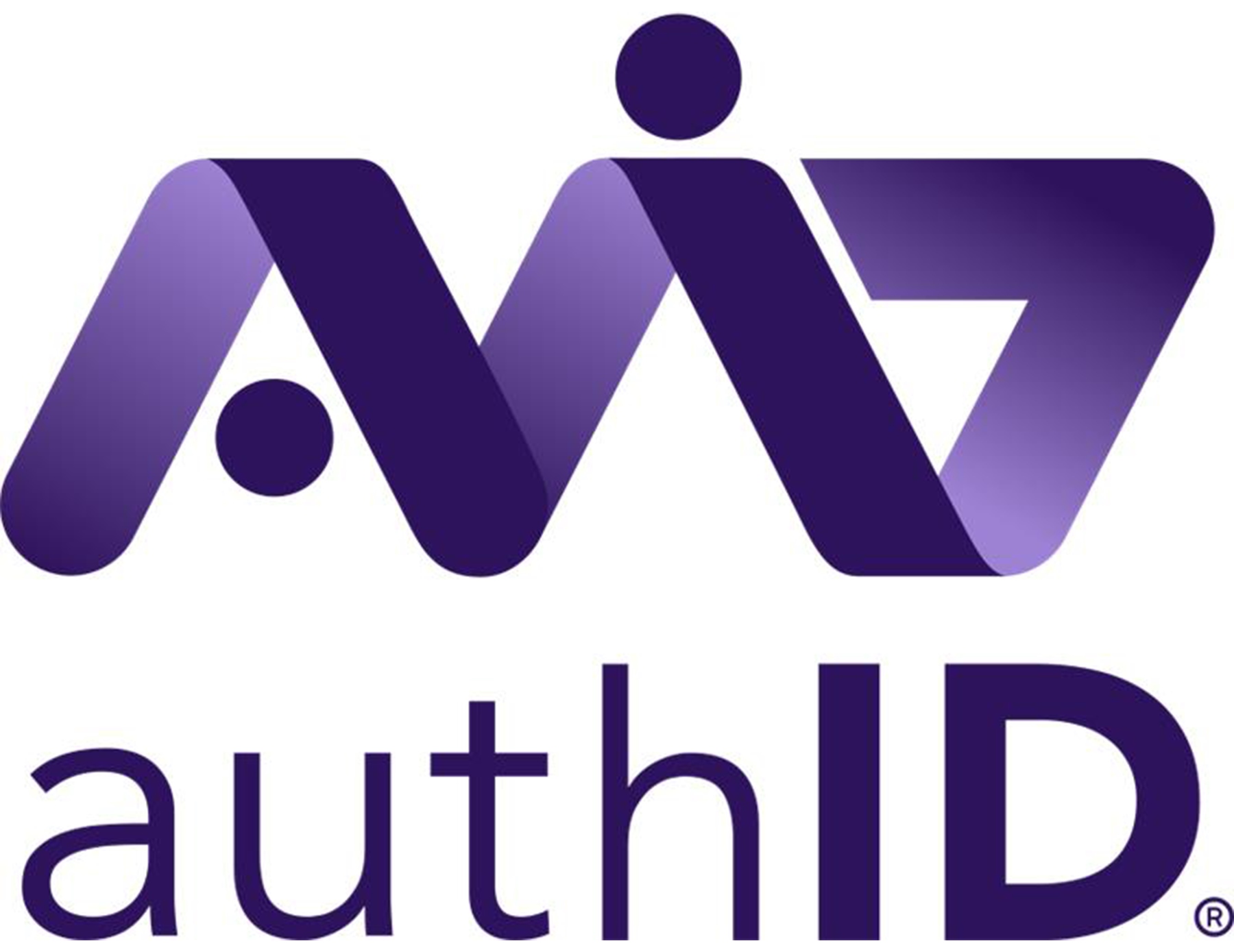Blockchain
2025 EU Crypto Landscape: MiCAR, TRF, and DORA Explained

The European Union is making significant strides toward comprehensive crypto regulation, with the Markets in Crypto-Assets Regulation (MiCAR) emerging as a pivotal framework. However, the full impact of MiCAR, along with other key regulations like the Transfer of Funds Regulation (TRF) and the Digital Operational Resilience Act (DORA), will start to unfold in 2025. Mihhail Sherle, Head of Legal Practice at the fintech law firm Gofaizen & Sherle, provides insights into these forthcoming changes and their implications for the EU crypto market.
Understanding MiCAR
Crypto companies have generally acclimated to the basic frameworks of MiCAR. However, its application will vary across EU member states, each of which will implement its local legislative acts under MiCAR’s umbrella. While MiCAR aims to standardize regulatory principles for crypto companies across the EU, these unique legislative frameworks will lead to variations in its implementation and enforcement.
The Transfer of Funds Regulation (TRF)
The updated TRF, effective June 9, 2023, extends the requirement to provide detailed information on the originators and beneficiaries of crypto-asset transfers. This is in line with the Financial Action Taskforce (FATF)’s guidelines and aims to enhance transparency and traceability in crypto transactions.
Crypto companies must now implement frameworks to comply with these requirements, which include transmitting detailed information—such as the originator’s name, distributed ledger address, and other identifiers—alongside the transfer. This information must be securely communicated to the recipient’s financial institution or virtual asset service provider (VASP). Furthermore, the TRF mandates procedures for detecting and addressing incomplete information, necessitating advanced software, blockchain analytics, and robust compliance teams. Full compliance with TRF and MiCAR is expected by the end of 2024.
The Digital Operational Resilience Act (DORA)
DORA is another crucial regulation targeting a wide range of financial entities, including crypto companies and Crypto-Asset Service Providers (CASPs). It aims to ensure these entities are equipped to handle information and communication technology (ICT)-related risks, thus enhancing the stability and resilience of the financial system. DORA mandates robust ICT risk management practices, regular testing, and cooperation with regulators and peers to protect against cyberattacks and other disruptions. Enforcement of DORA is expected to begin in January 2025.
Practical Challenges and Future Outlook
The practical implementation of these regulations will pose challenges, particularly due to local variations across EU countries. Differences in the interpretation of rules, such as the Travel Rule, can lead to legal uncertainties that companies must navigate.
Currently, crypto companies and VASPs are preparing for MiCAR’s implementation. However, the real impact will be seen in 2025, as each country’s regulators begin enforcing the new regulations. Key issues include whether regulators will take a market-friendly approach and how specific areas like Portfolio Management will be governed. The technological neutrality of MiCAR, avoiding restrictions at the code and technology levels, will also be closely watched.
The comprehensive regulatory framework coming into effect in 2025 marks the full integration of crypto companies into the EU financial system. This new regulatory landscape will drive innovation, establish a robust framework for sustainable growth, and emphasize the growing importance of crypto infrastructure within traditional finance. The increased transparency and stricter regulations will shape the future of the crypto market in the EU.
Source: news.bitcoin.com
The post 2025 EU Crypto Landscape: MiCAR, TRF, and DORA Explained appeared first on HIPTHER Alerts.
Blockchain
authID Reports Financial and Operating Results for the First Quarter Ended March 31, 2025
Blockchain
Blockchain Futurist Conference Releases Final Schedule
Blockchain
U.S. Factoring Services Market Analysis by Product, Technology, Grade, Application and End-user (2019-2032) – Next-Gen Technologies Drive Surge in Alternative Financing Access for SMEs
-
Blockchain6 days ago
Colb Asset SA Raises $7.3 Million in Oversubscribed Round to Bring Pre-IPO Giants to Blockchain
-

 Blockchain Press Releases5 days ago
Blockchain Press Releases5 days agoHTX and Justin Sun Launch $6M Mars Program Special Edition, Offering One User a Historic Space Journey
-

 Blockchain5 days ago
Blockchain5 days agoBitget Blockchain4Youth sostiene l’innovazione del Web3 e dell’IA all’hackathon “Build with AI” di Google Developer Group
-

 Blockchain5 days ago
Blockchain5 days agoBlocks & Headlines: Today in Blockchain – May 9, 2025 | Robinhood, Solana, Tether, China, Women in Web3
-

 Blockchain6 days ago
Blockchain6 days agoBlocks & Headlines: Today in Blockchain – May 7, 2025 | Coinbase, Riot Games, Curve DAO, Litecoin, AR.IO
-

 Blockchain Press Releases4 days ago
Blockchain Press Releases4 days agoBybit Surpasses 70 Million Users, Reinforces Commitment to Transparency and Institutional Growth
-

 Blockchain Press Releases5 days ago
Blockchain Press Releases5 days agoMEXC Lists USD1, Accelerating Global Stablecoin Innovation with World Liberty Financial
-

 Blockchain6 days ago
Blockchain6 days agoFlipido Trading Center Launches ‘Flipido Learn’ Platform to Empower Crypto Investors Through Education































